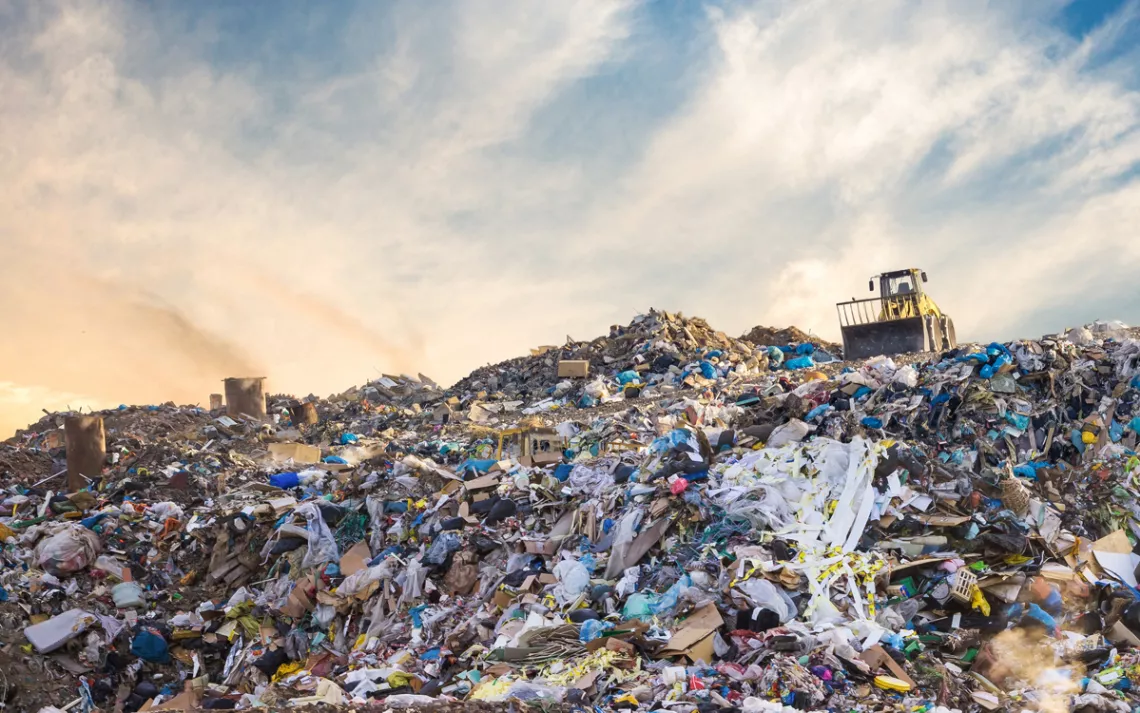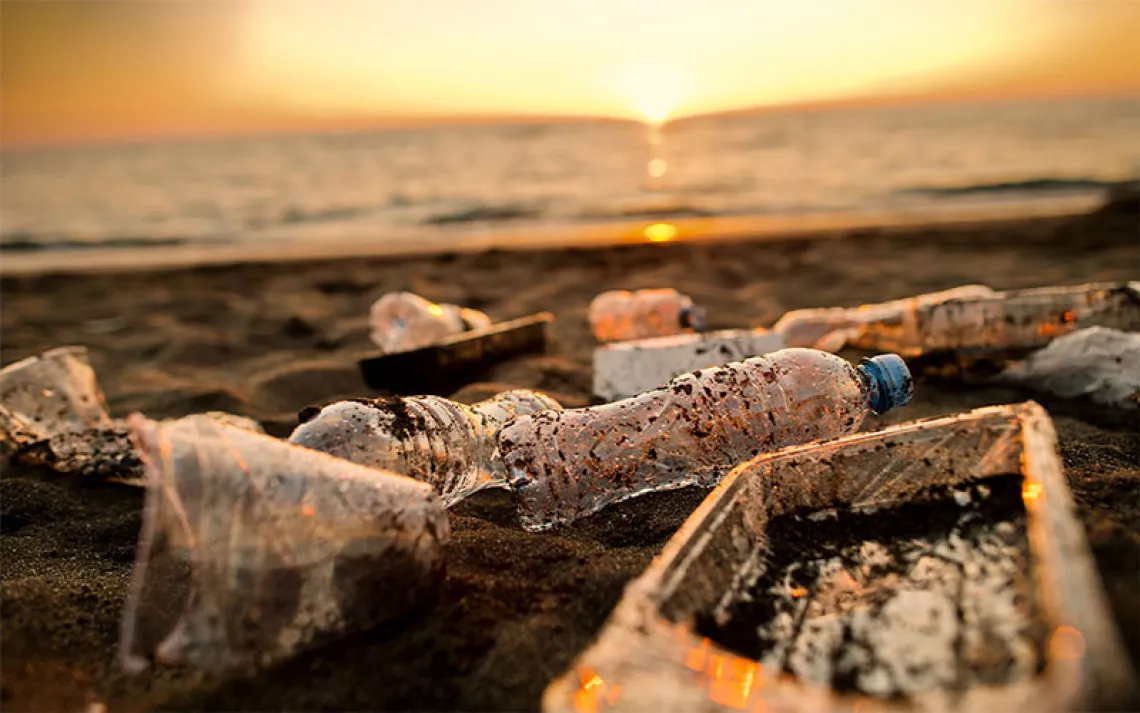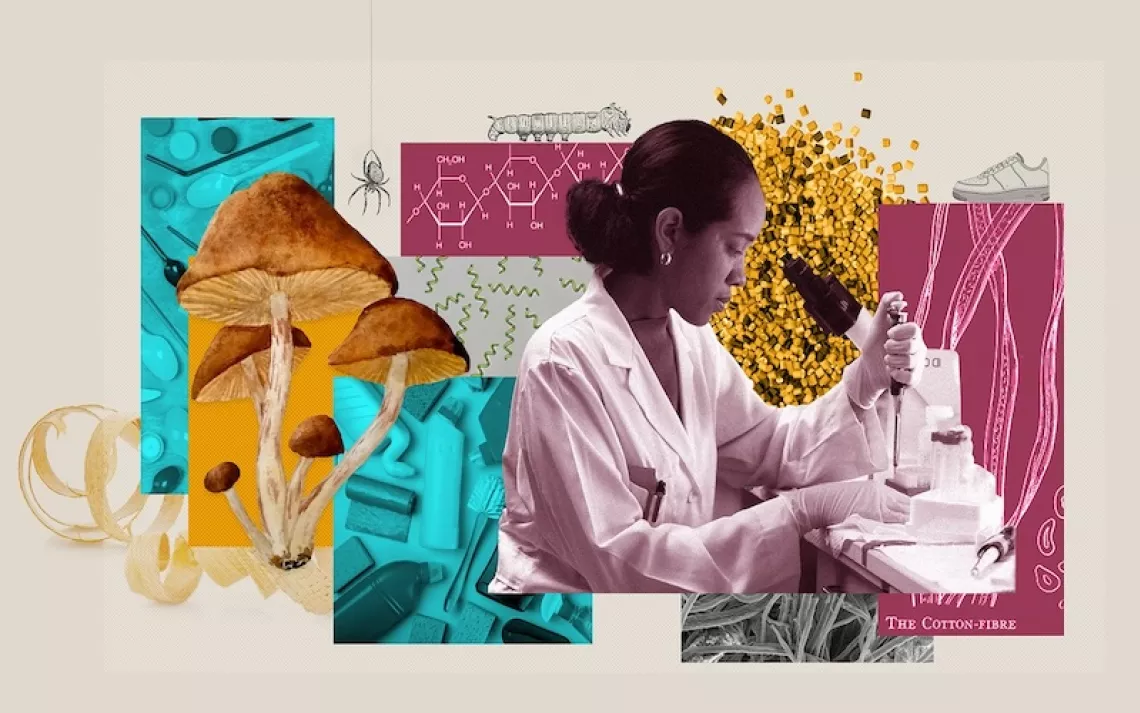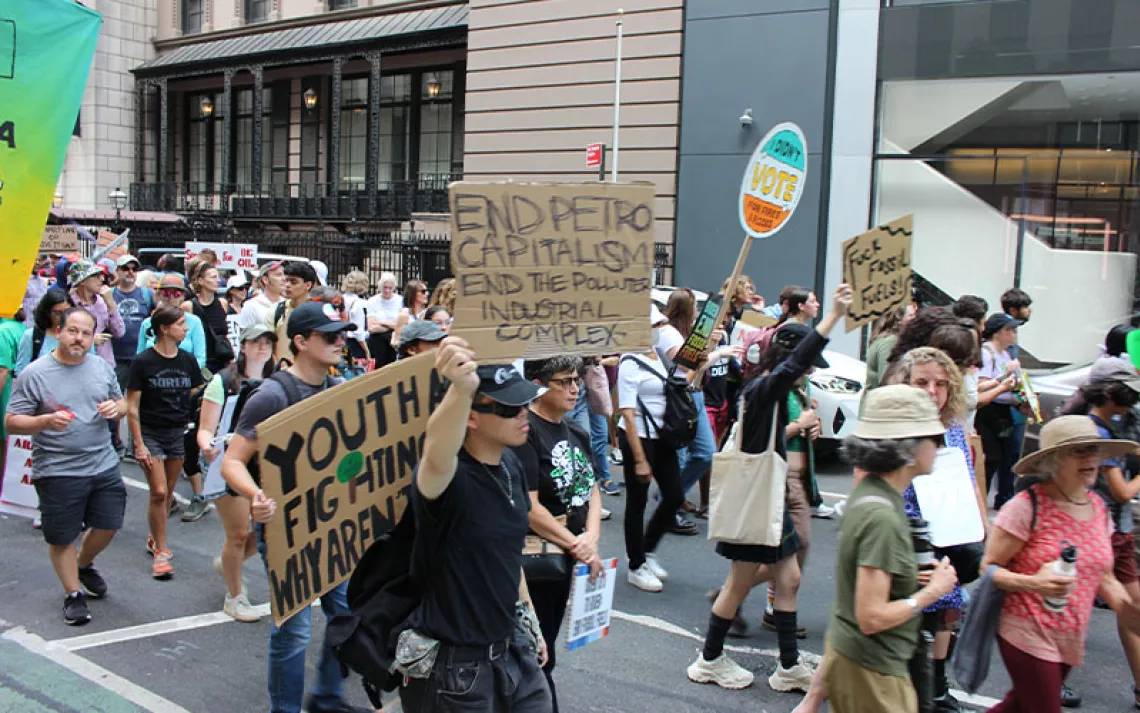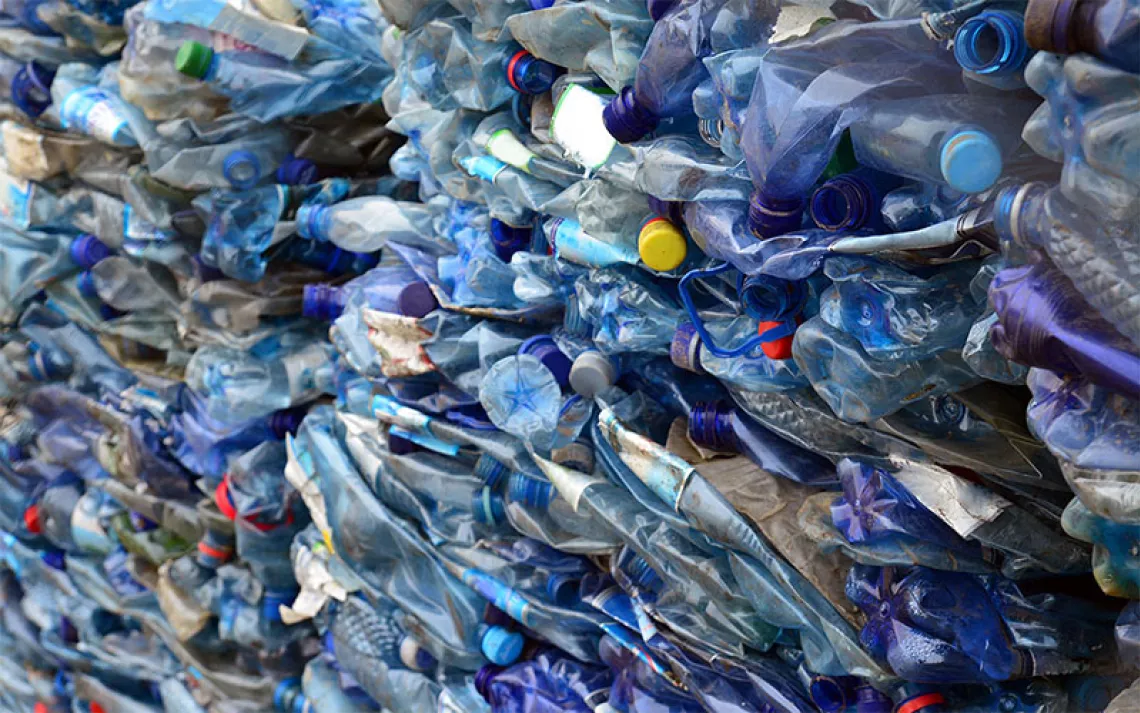This Fungus Eats Polyurethane
Scientists found it at the dump. One day it could fix our plastic problem.
To Sehroon Khan, a scientist at the Kunming Institute of Botany in the province of Yunnan, China, exploring a new garbage dump is kind of like going to the grocery store. “You know that if you go to a vegetable market, you can find all types of vegetables easily,” Khan says. “If you go to a garbage or dumping site where there are many plastic wastes, there must be a microorganism that can degrade it.”
In 2017, Khan and a team of other scientists collected a sample of a previously undiscovered strain of fungus on top of a garbage dump in Islamabad, Pakistan. When they took it back to China to study in the laboratory, the species of fungus, a previously undiscovered strain of the species Aspergillus tubingensis, was able to break down polyurethane—common in industrial settings and used in refrigerators, fake leather, and many other applications—in just weeks instead of decades. The fungus secretes enzymes that break down the plastic’s chemical bonds and uses its mycelia—filaments fungi grow that are much like a plant’s roots—to break apart the plastic further.
Although there have been studies in the past highlighting fungus species that can degrade plastics, these species are rare, and Aspergillus tubingensis has never been found to do so before. The new strain “has potential to be developed into one of the tools desperately needed to address the growing environmental problem of plastic waste,” according to Kew Gardens’ State of the World’s Fungi report.
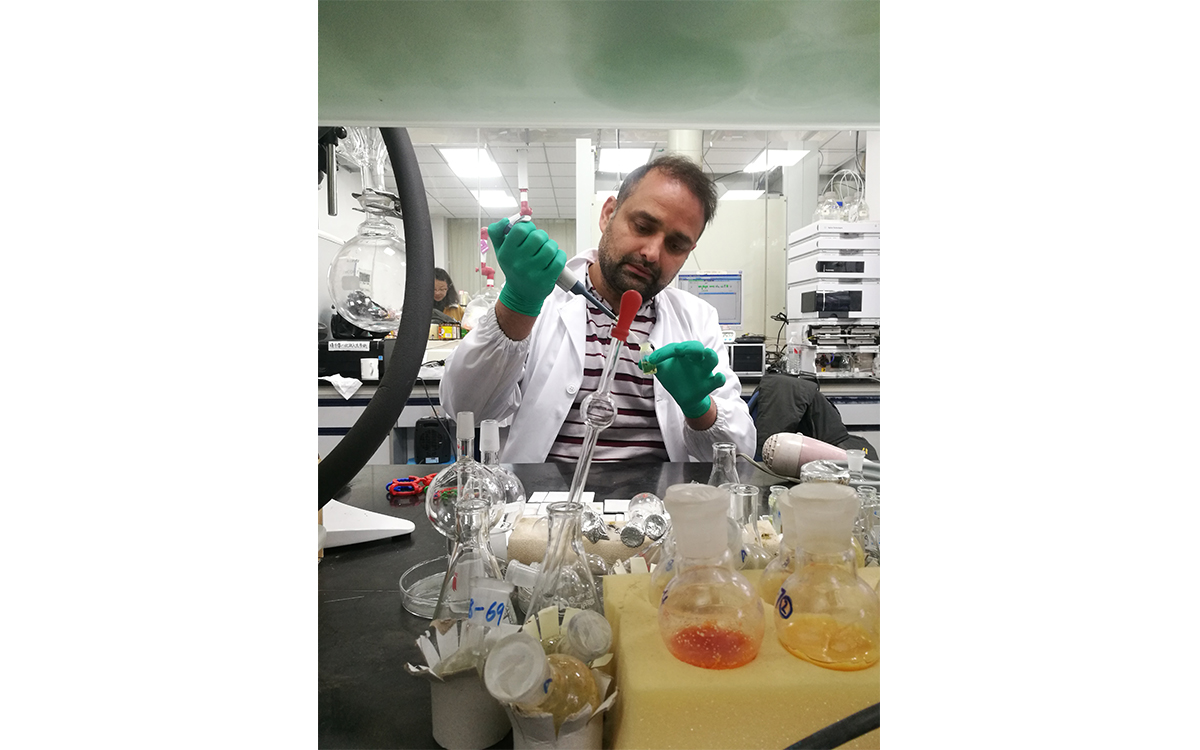
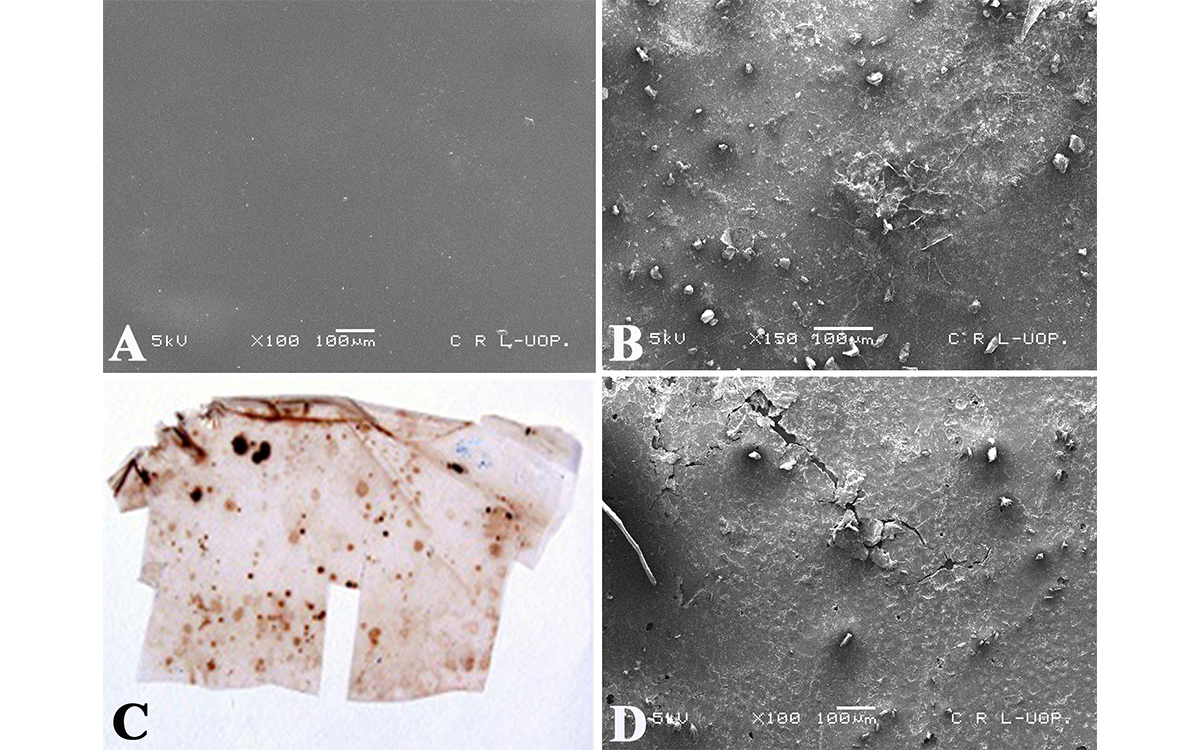
Photos courtesy of Dr. Sehroon Khan
Often, biologists do field work in remote areas that are relatively undisturbed by humans as part of an attempt to understand the biodiversity of those regions, says Ilia Leitch, a senior scientist at Kew and one of the authors of the report. “But these researchers, instead of going to an exotic location, went specifically to rubbish dumps to look for fungi that can process plastic. So less of an exotic trip, but much more important in some respects.”
Plastic is popular precisely because it doesn’t degrade—there are very few life-forms out there that are capable of eating it. Plastic is also wreaking havoc on ecosystems around the world for the same reason. Most of the 8.3 billion tons of plastic that have been produced since its use became widespread in the 1950s still exists in some way. Only a fifth of all plastic is recycled.
While the discovery has potential, it will likely take years to develop it into something that can break down polyurethane on a large scale, partially because the scientists are still working on determining the best conditions for the fungus to grow. Khan’s team is at work looking for applications for their findings, and Leitch is cautiously optimistic. “This is an exciting discovery, but it is really quite new—it is going to be a long road to turn it into a solution.”
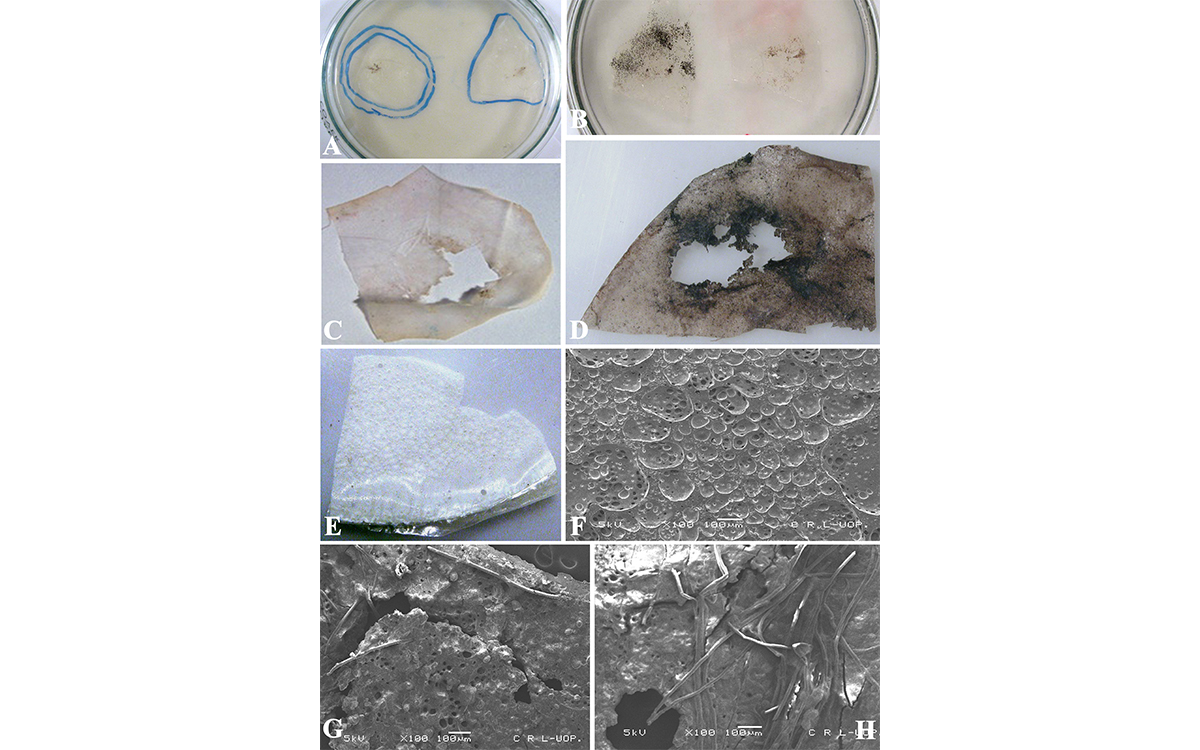

Photos courtesy of Dr. Sehroon Khan
Fungi are best known for breaking down organic material like dead leaves but play an important role in science, even though we have only identified about 7 percent of the world’s fungi. Fungi are used in bioremediation projects, to help clean up oil spills, and to draw heavy metals out of soil. They are used in medicines like antibiotics and statins. Scientist Dr. Jean Borel used compounds from fungi to develop one of the first successful immunosuppressant drugs, which allowed for successful organ transplants.
“They play a really important role,” Leitch says. “But because we can’t see them most of the time, we don’t appreciate them. That’s why we underestimate them, I think. But they are critically important to all of our lives.”
 The Magazine of The Sierra Club
The Magazine of The Sierra Club
